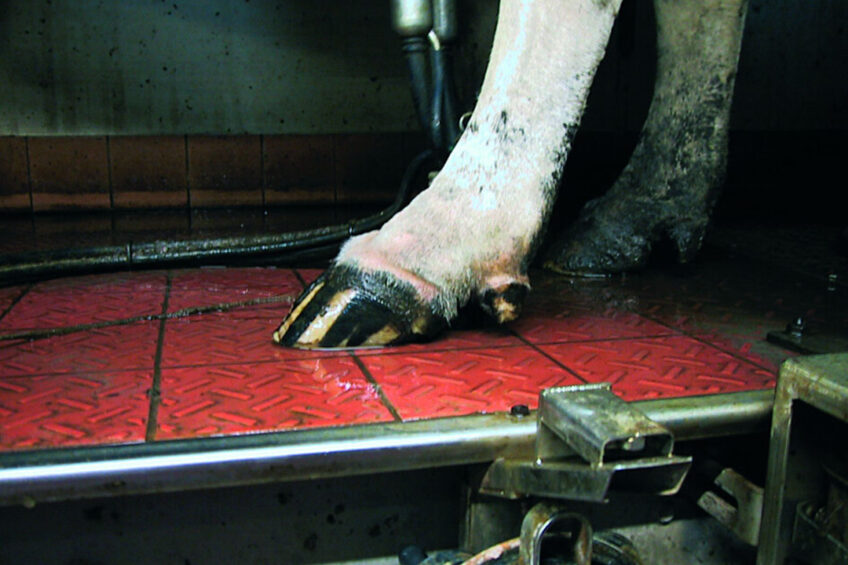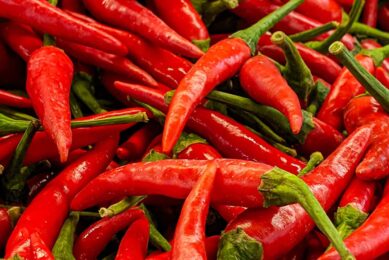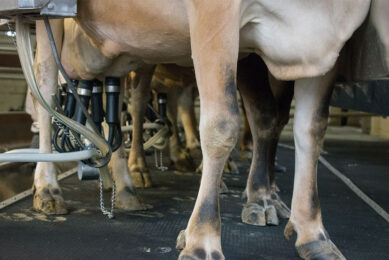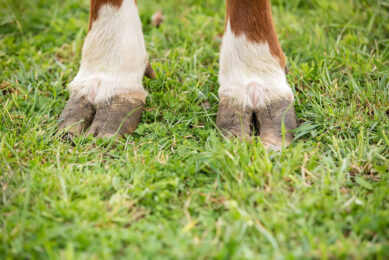How to keep cow hooves healthy

Challenge
Hoof health is important in all stages. When it comes to rearing youngstock it’s important to consider healthy hooves as the foundation for healthy animals. A heifer is particularly vulnerable to laminitis around calving and the start of lactation. At drying off, cows must have healthy hooves, as hoof problems also make cows susceptible to metabolic problems.

Best practice approach
1. With youngstock keep feet clean and dry – standing and lying animals should be checked weekly. Treat hoof infections in the foot trimming crush or by footbathing.
2. A good slurry scraper on slatted floors reduces occurrence of horn erosion and digital dermatitis. Make sure that the cows have minimum stress and are receiving excellent nutrition during the dry period and hooves should not be overloaded – cows must have healthy and well-shaped hooves during calving.
3. Foot trimming before drying off helps ensure heathy hooves during dry off and at the start of lactation.
4. Minimise infections with clean and dry floors. Cows with hoof problems regularly lift their legs – it’s also important to check for swelling and redness at the coronary band, which is a result of infection.
5. A rubber floor (and straw yard) provides a softer surface and lateral support than concrete.

For more more practical dairy farming tips, check out these books.










